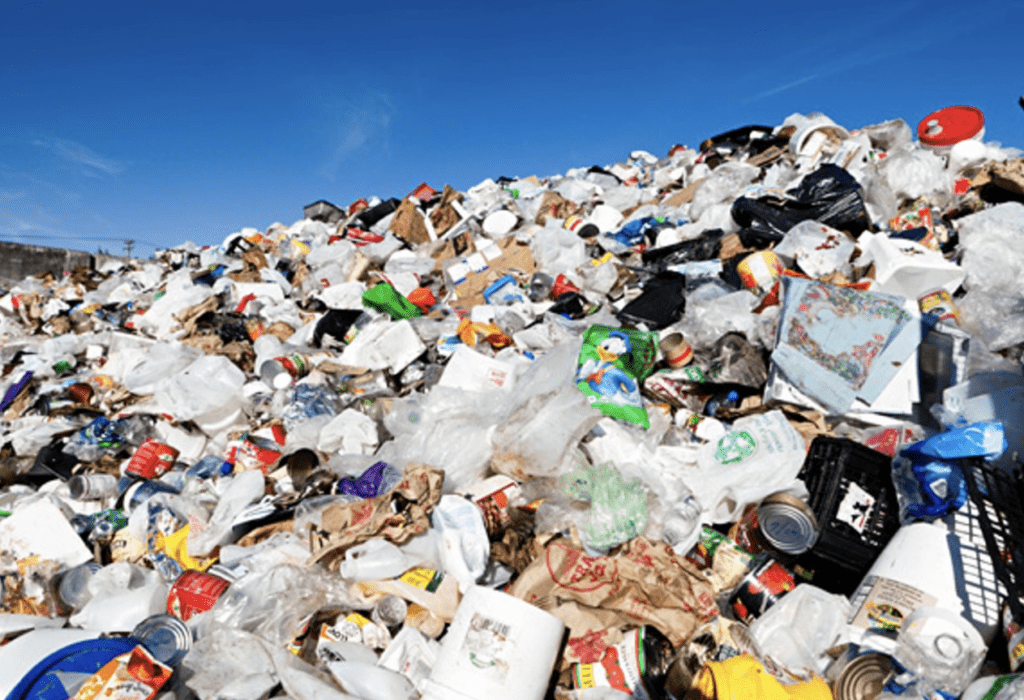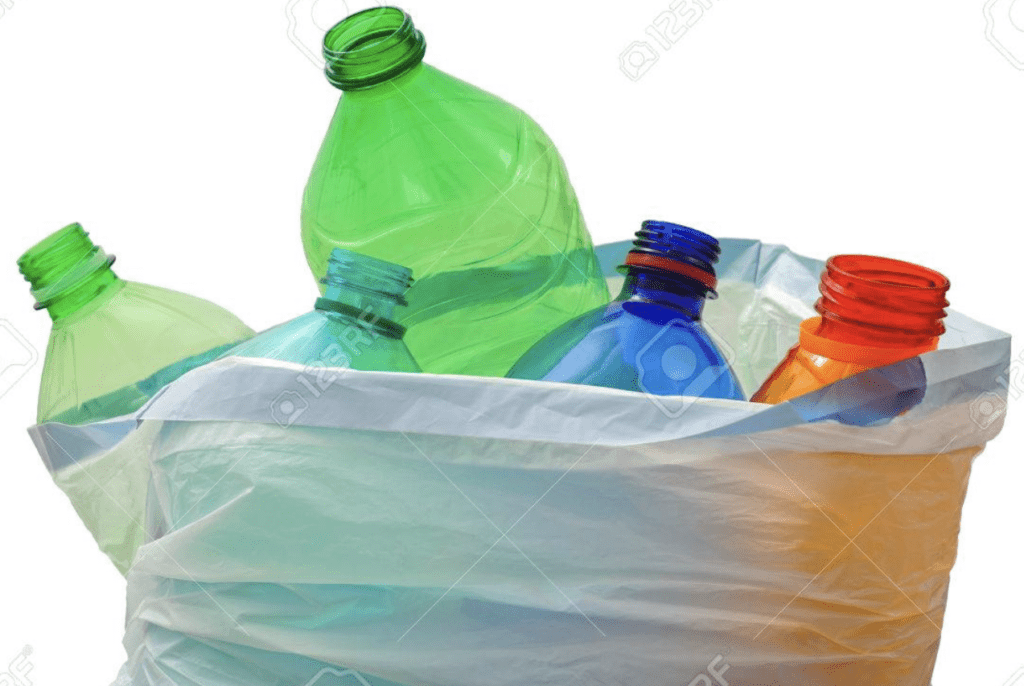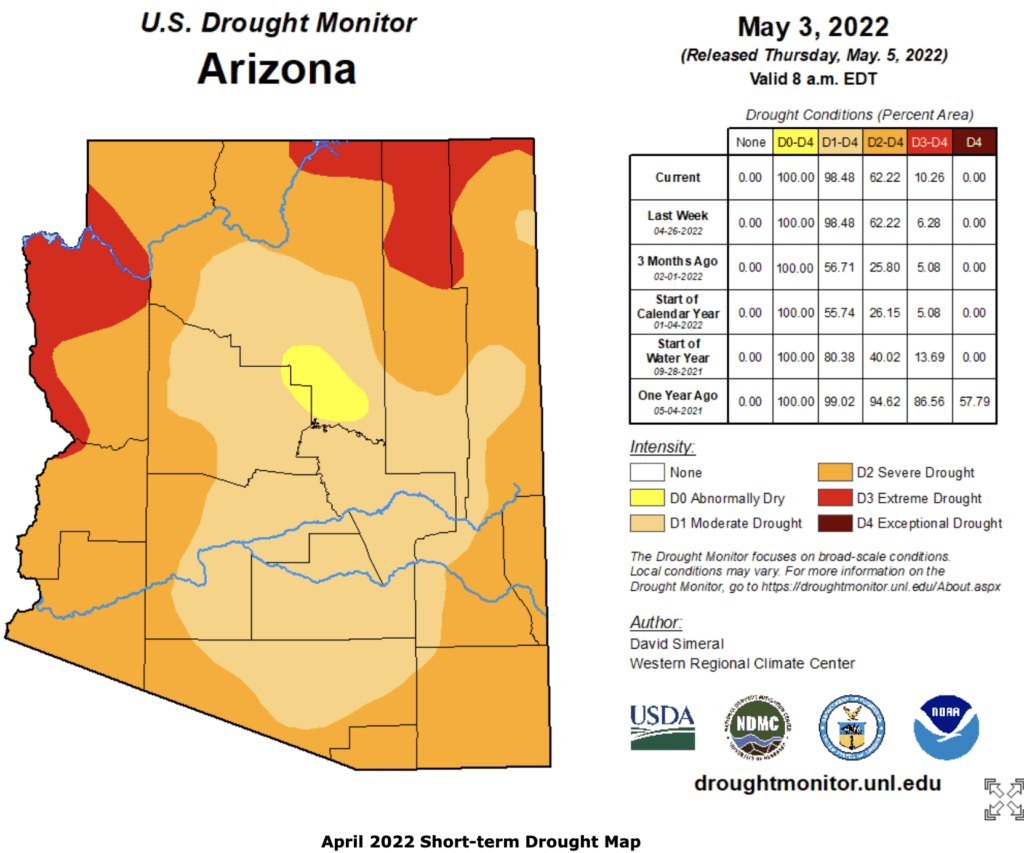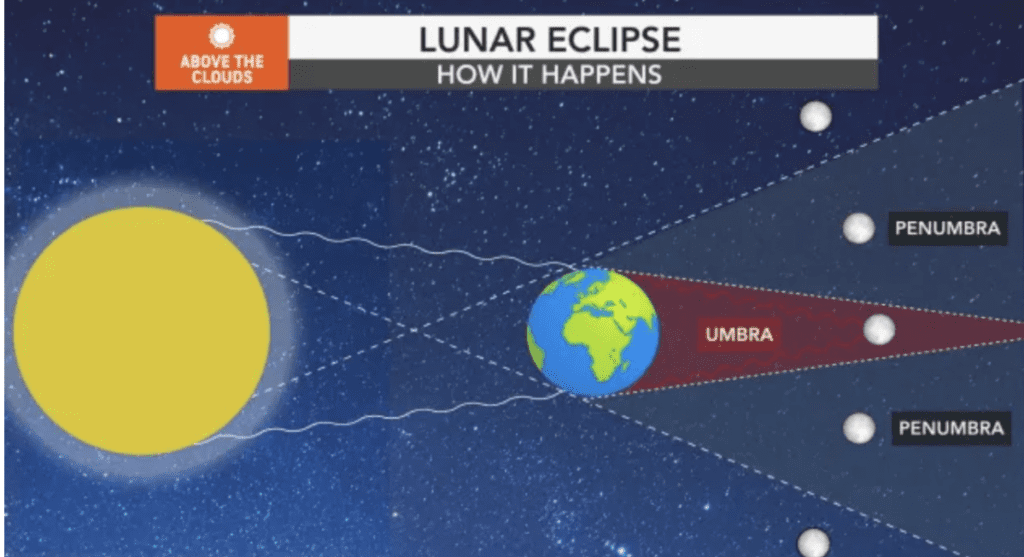Daniel Salzler No. 1149
EnviroInsight.org Seven Items May 13, 2022
—————Feel Free To Pass This Along To Others——————
If your watershed is doing something you would like others to know about, or you know of something others can benefit from, let me know and
I will place it in this Information newsletter.
If you want to be removed from the distribution list, please let me know.
Please note that all meetings listed are open.
Enhance your viewing by downloading the pdf file to view photos, etc. The
attached is all about improving life in the watershed. If you want to be removed from
the distribution list, please let me know. Please note that all meetings listed are open.
Check our website at EnviroInsight.org
- May 21st OSHA 8-Hr. Refresher Class. Most workers understand at least a little about the placards that are still being used even though the Global Harmonized System is now in place.
Hazardous materials placards serve a vital function in transportation safety. In the event an accident or release during transportation, the basic information on a placard helps emergency responders to:

• Take effective response actions
• Choose appropriate personal protective equipment (PPE)
• Move people away from danger or exposure when necessary
• Assess short-and-long-term risks to the public
It is common to see placards for flammable liquids, corrosive, compressed gases, and various other classes of hazardous material on
public roads in the U.S. But does placard rules apply to DOT Hazard Class 9?
Learn the answer to this question during the May 21st Class at Dan’s, in Glendale. $80 for 8 hrs of instruction, breakfast and lunch.
Time 8:00 a.m. to 4:00 p.m. Register at [email protected] or call 623-930-8197.
2. ADEQ invites stakeholders to join the following virtual meeting to discuss the Surface

Water Protection Program (SWPP) Significant Nexus Technical Paper:
Date: Monday, May 16, 2022
Time: 12 – 2 p.m.
Location: Online and by phone via GotoWebinar | Register >
After registering, you will receive a confirmation email containing information about joining the webinar.
The Significant Nexus Technical Paper focuses on the types of data ADEQ will employ in a significant nexus test to determine the limits of federal jurisdiction. The SWPP will regulate surface waters that are not protected by the Federal Clean Water Act, so determining the extent of the federal program is a necessary step for building the state program.
Click to View/Download the Significant Nexus Technical Paper >
We appreciate your continued support, participation and feedback as ADEQ continues to develop the rules for the SWPP.
For more information, visit azdeq.gov/AZPDESStakeholderMeetings
If you have questions, please contact:
David Lelsz, Ph.D.
Program Manager, Water Quality Division
602-771-4651
[email protected]
3. Now Accepting Nominations for EPA Human Studies Review Board. EPA is seeking nominations for experts to serve on the Human Studies Review Board (HSRB), a federal advisory committee that provides independent advice and recommendations to EPA on proposed and completed third party pesticide or disinfection research involving intentional human subject exposures. Nominations are now open and will close May 31, 2022. Individuals and organizations can nominate themselves or others via the HSRB website here.
EPA will consider nominees with expertise in the areas of toxicology, bioethics, and statistics. Members are appointed by the EPA Administrator to serve as Special Government Employees and provide independent expert advice to the Agency for a term of up to six years. EPA values and welcomes diversity and encourages all eligible applicants to apply.
For more information on the type of expertise sought and selection criteria, please view the Federal Register notice.
4. Lost Value Of Landfilled Plastic In US
Date:May 3, 2022
Source:DOE/National Renewable Energy Laboratory
Summary:
With mountains of plastic waste piling up in landfills and scientists estimating that there will be more plastics by weight than fish in the ocean by 2050, the growing environmental challenge presented to the world by plastics is well understood. What is less well understood by the scientific community is the lost energy opportunity. In short, plastic waste is also energy wasted.

Scientists at the U.S. Department of Energy’s (DOE’s) National Renewable Energy Laboratory (NREL) calculated the energy value of landfilled plastic waste in 2019 was enough to supply 5% of the power used by the country’s transportation sector, or 5.5% by the industrial sector.
They also provided a look at how much plastic waste has been deposited in landfills, on a regional, state, and county level, and the problem is bigger than previously believed. NREL estimates the amount of plastic waste in the United States is 44 million metric tons. Using a slightly different methodology, the U.S. Environmental Protection Agency puts the figure at 32.2 million metric tons.
“For us to tackle plastic waste pollution, we really need to understand better where those resources are,” said Anelia Milbrandt, a senior research analyst at NREL and co-author of a new paper, “Quantification and evaluation of plastic waste in the United States,” published in the journal Resources, Conservation & Recycling. “We would like to bring awareness to communities about the potential for these materials.”
By identifying areas with large quantities of plastic waste, the scientists are hoping to highlight the economic opportunities that could arise by recovering their value through different processes. Only about 5% of the waste plastic in the United States was recycled in 2019, while 86% was left in landfills. The rest was burned to generate electricity.
NREL’s analysis of the discarded plastics examined seven materials — variously used to make bottles, CDs, milk jugs, take-out containers, and bags, among other items. Communities across the country spent about $2.3 billion on plastic waste disposal in 2019.
The researchers noted the amount of landfilled plastic waste in the United States has been increasing because of several factors, including low recycling rates, population growth, consumer preference for single-use plastics, and low disposal fees in certain parts of the country. The problem has been exacerbated by China’s refusal beginning in 2017 to import nonindustrial plastic waste from the United States.

Developing new recycling techniques for plastics would create incentives for a circular economy, where what once was discarded would be reused instead of virgin plastics. The market value of landfilled plastic ranges from $4.5 billion to $9.9 billion, or $7.2 billion on average, the researchers estimated. The embodied energy in the waste plastic — an indicator of how much energy it took to manufacture the materials — equates to about 12% of the country’s energy consumption by the industrial sector.
Some types of plastic are separated and recycled, chiefly polyethylene terephthalate (commonly known as PET), used to make soda bottles; and high-density polyethylene, used for milk jugs and shampoo bottles, but these still represent a significant percentage of plastics found in landfills.
The filmy plastic used for bags is among the most prevalent type found in landfills.
The researchers pointed out two possible solutions for the plastics not being recycled: Develop new products that rely on these plastics to encourage their sorting and collection, and develop advanced sorting technologies that could eventually lead to increased use of recycled materials. Source: Science Daily. Resource to check out: grove.com and earthbreeze.com.
5. MONTHLY DROUGHT STATUS SUMMARY: APRIL 2022. April was overall a warm and very dry month. While Phoenix did not reach 100°F, Tucson and several locations along the Colorado River did reach 100°F in April. Two systems brought trace amounts of precipitation to areas in Coconino County. However, the majority of the state received no measurable precipitation in April, making it the 6th driest April on record.

Extreme (D3) drought expanded in Mohave County and remained in sections of northeastern counties, now covering 10% of the state. The majority of the state remained in Severe (D2) drought (52%) or Moderate (D1) drought (36%). The only area of the state remaining Abnormally dry (D0) is along a small portion of the Mogollon Rim (2%).
Weak La Niña conditions will persist into at least the summer months. There is a very slight increase in the odds that monsoon rainfall will be above normal in the southern half of the state.
6. Trees: The Solution To Many Urban Challenges. Today our cities and towns are facing significant issues the affect the everyday lives of residents. Rising temperatures, air pollution, flooding, ground pollution and food deserts, are just some of the challenges of urban living.
What the trees really do:
Breaking up Heat Islands. Tree planting in public and private spaces helps to lower temperatures and reduce the health implications of heat stress.
Lowering Energy Costs. By planting trees near houses and office buildings, homeowners and businesses alike can reduce summer and winter energy use.
Reducing Particulate Matter Pollution. Trees act as a natural biological filters, cleaning the air of many different pollutants, including particulate matter.
Preventing Urban Flooding. Urban trees intercept rain and reduce the volume of stormwater following a storm resulting in cleaner water.
Cleaning Up Contaminated Soil. When create with endophytes, trees can be planted to clean up contaminants in water and soil, a process called phytoremediation.
Providing Relief In Food Deserts. Community food forests are designed specifically to use public, green spaces to provide fresh food including fruits, nuts for neighbors.
Source: The Arbor Foundation
7. Lunar Eclipse To Turn May Full Moon Into A Blood Moon: When To See It. A total lunar eclipse is coming on Sunday – this week, which means the full “flower moon” of May 2022 will be turning into a reddish-orange “blood moon” for almost 90 minutes.
Although people all across the United States will have an opportunity to see the upcoming lunar eclipse, the timing isn’t ideal. You’ll have to stay awake late Sunday night, May 15, to catch a glimpse of the moon as it slowly turns dark with a reddish-orange tint.

A lunar eclipse occurs when the moon drifts across the Earth’s dark shadow during a period when the sun, the earth and the moon are closely aligned. Because of that alignment, our planet’s shadow will temporarily block the light that the sun reflects off the moon’s surface, so the moon’s brightness will fade. AccuWeather
When will the lunar eclipse occur?
In the Arizona area, the lunar eclipse is scheduled to begin at 6:32 p.m. Sunday and reach its maximum at 9:11 a.m. Monday, May 16.
At first it will look like an ordinary moon, with a whitish-yellow glow. But subtle changes should start to occur around 6:30 p.m. Sunday, when the outer portion of the Earth’s shadow starts to slightly shade part of the moon — in what is known as the penumbral phase.
The darker, central portion of the shadow — known as the umbra — should start to be visible around 7:30 p.m. Sunday in Arizona., making this a partial eclipse at this point.
The main phase of the lunar eclipse, known as totality, will start about 8:30 p.m. Sunday.. “At that point, the moon’s going to be really high in the sky, and the moon will be inside the Earth’s shadow. That’s when it will take on that orangish, or maybe reddish, color.”
During a lunar eclipse, the sun, Earth and moon become closely aligned in the sky, and the bright moon slowly turns darker and changes its color as it drifts across the Earth’s shadow.

Light reflecting from the sun makes the moon appear to glow in a rusty orange or reddish color, which is why many astronomy experts and writers refer to this moon as a “blood moon.”
The eclipse should reach its maximum phase in Arizona at 9:14 a.m., when the moon will be officially full and completely shaded by our planet’s shadow and safe to look at without “special glasses”.
Copyright: EnviroInsight2022.org
